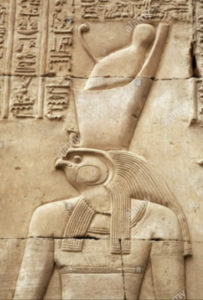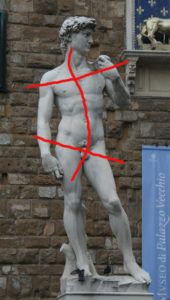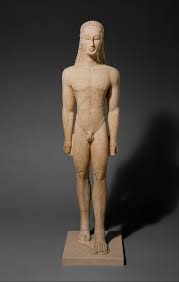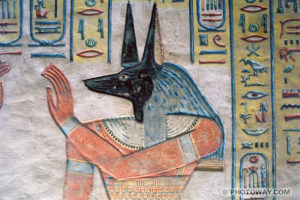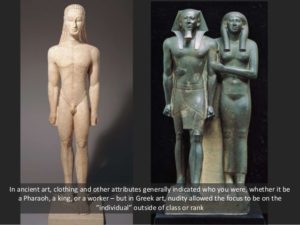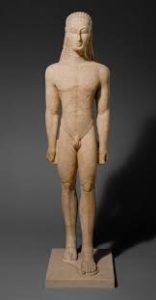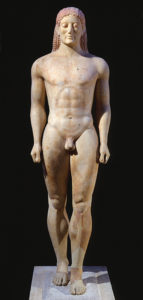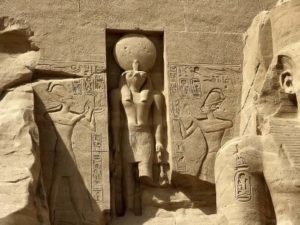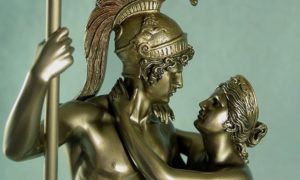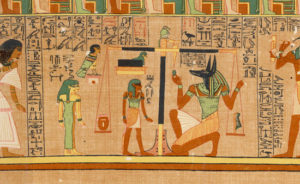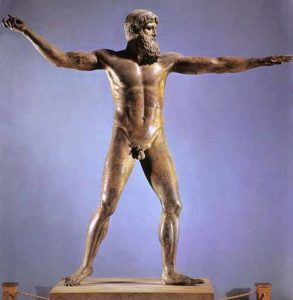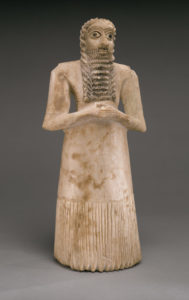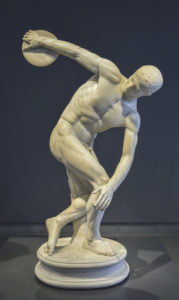|
In your own words define humanism. What is it? And how does the Art of Greece and Rome illustrate it when compared with Mesopotamian or Egyptian Art. Use an example of Greek or Roman art and compare/contrast it with an example of Mesopotamian or Egyptian Art. |
Humanism is the interest in the human body and anything regarding Mankind. Humanism also strays away from religious beliefs and figures being at the center of the universe to now Mankind and their interest. While both Greek and Roman civilizations hold a strong bond with their Gods and mythology, through their art they continuously explore human anatomy and even incorporating humanism into the depiction of their Gods.
Despite the Greek civilization creating art during the same periods of Ancient Egypt and Mesopotamia, both groups could not be any more different in terms of their subject and art style. While the Greeks experienced four periods of art, each one progressively more realistic and complex than last, they all focused on the human body and how it moves, the Egyptians maintained a consistent art style for the thousand years of their existence where only royalty and the Gods were the subjects and the Gods depiction were more detailed. For example, in the “Last Judgement of Hunefer,” the Egyptians depict the process a dead individual faces to join the afterlife and despite the piece focusing on Hunefer the piece attracts the viewer to intricate details given to the Gods and the way their depicted as more not simply a human but a hybrid of the best characteristics found in creatures roaming the earth. In the Greek pieces, “Korus” and “Doryphoros” both subjects are men and both pieces focus on the appearance of a young, healthy, and strong body. Both pieces from different periods, archaic and classical respectively, demonstrate not just progress in art styles but the progress of artist understanding how the body moves, and, mastering the portions of the human body to create a realistic depiction of mankind. In, “Hermes and the Infant Dionysus”, the artist depicts the Gods as almost humanlike and the artist even creates a more realistic depiction of a human body than the last two pieces by perfecting the proportions of the body and carving a more slimmer and trim body that through the right amount of effort can be achievable.
In Conclusion, it is apparent that despite both civilization existing during the same time period and only separated by a relatively small body of water, their art is completely different. Their art is not only completely different because of non- existent change in styles In Egyptian art and the constant progress of Greek art, but they also differ in the way they approach art as Egyptians never cared to change because to them the style was already perfect enough to distinguish people, royalty, and Gods, and, the Greeks became more interested in analyzing the human body and its limitations which ultimately led to constant progress of the art. The element of humanism is ultimately the difference and because of it, art pieces gain much more depth as they are not a simple piece depicting an individual but a piece focusing mankind as a whole.
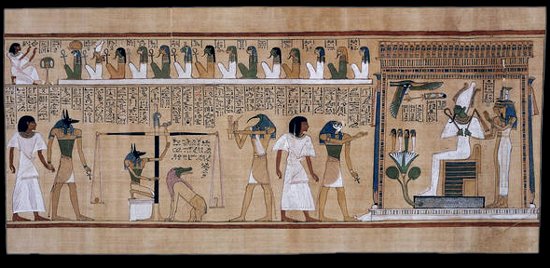
http://deity-divinity.blogspot.com/2006/07/judgement-of-hunefer-before-osiris.html
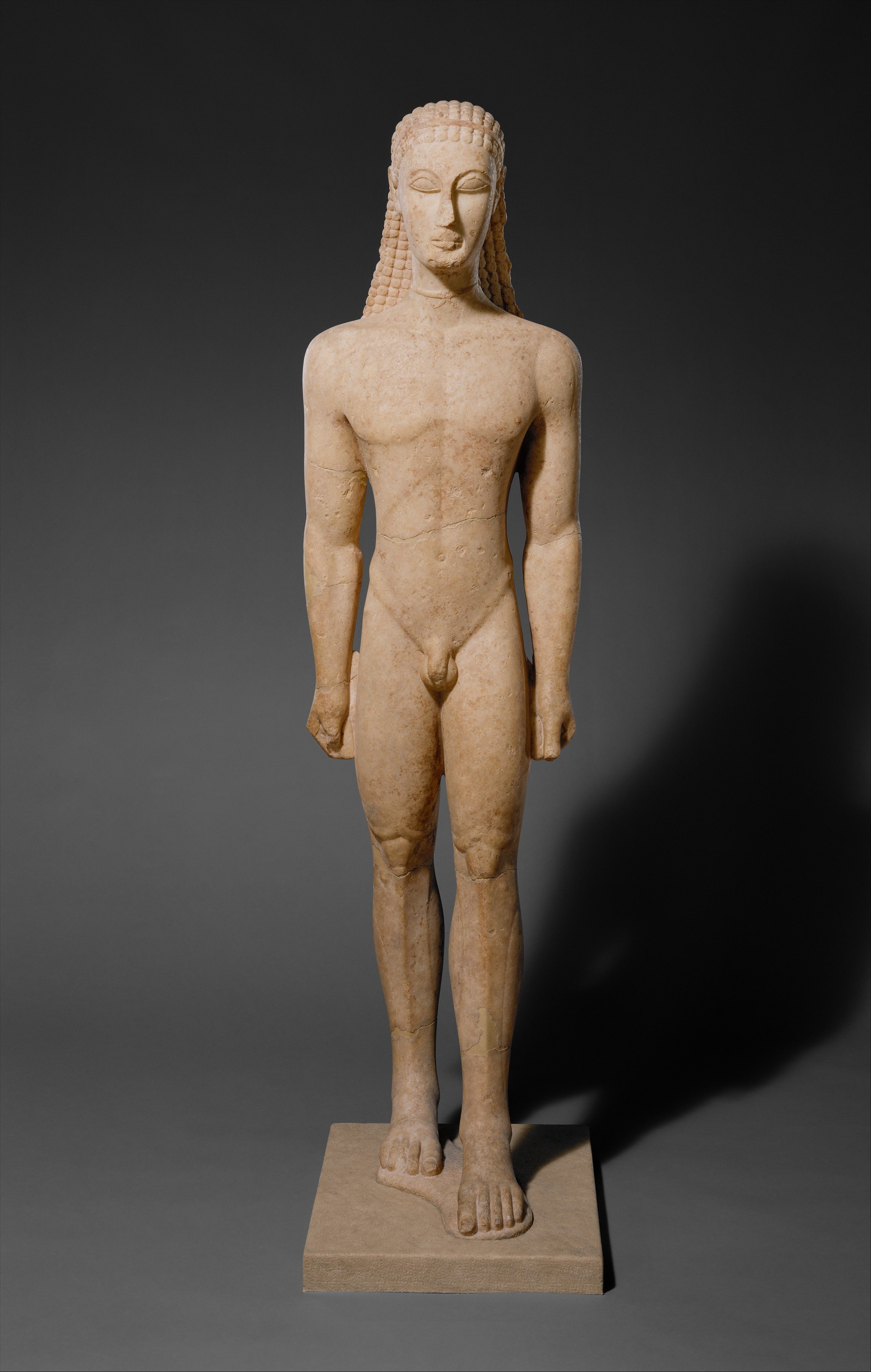
https://www.metmuseum.org/art/collection/search/253370

https://www.art.co.uk/products/p9634407729-sa-i5503170/doryphoros.htm

https://en.wikipedia.org/wiki/Hermes_and_the_Infant_Dionysus

